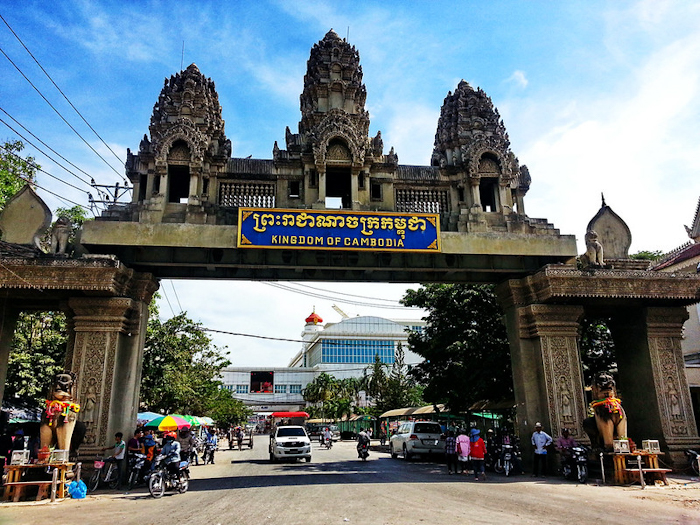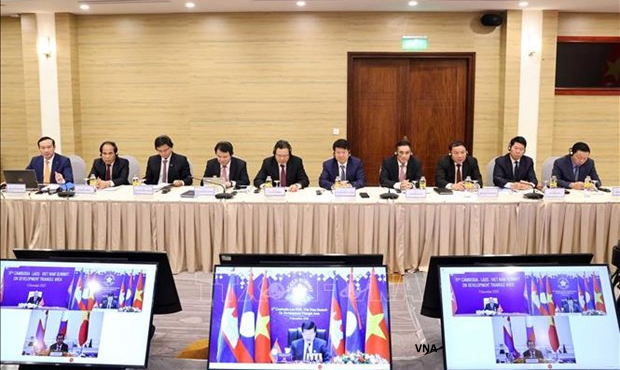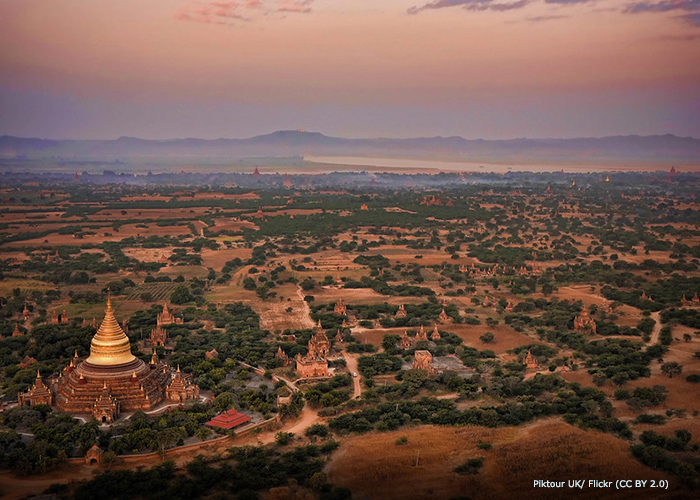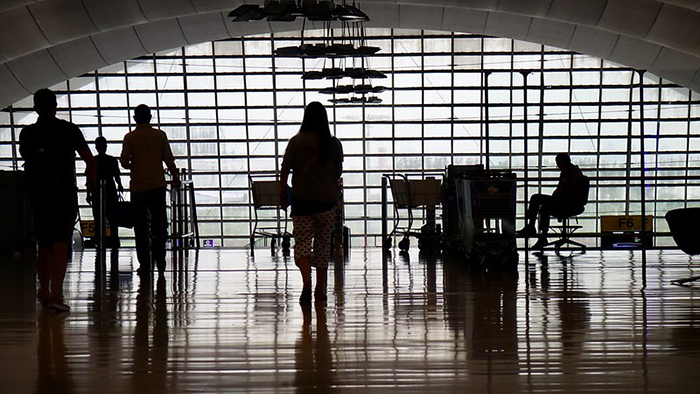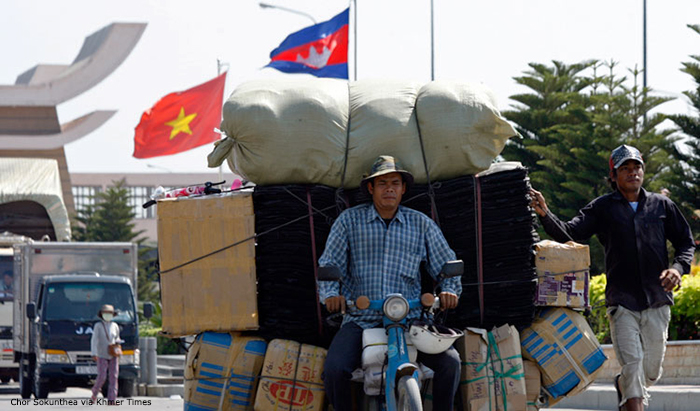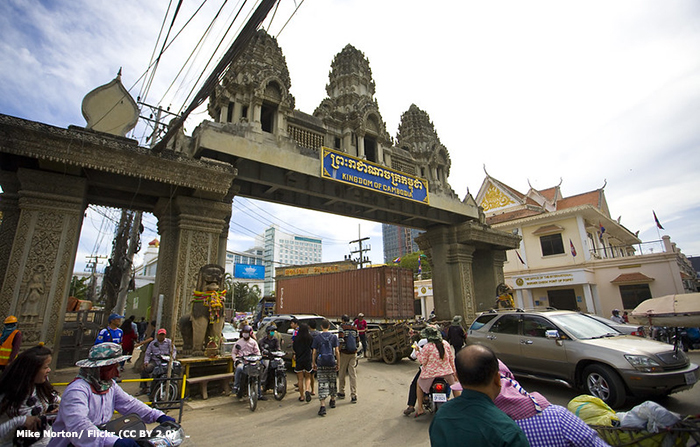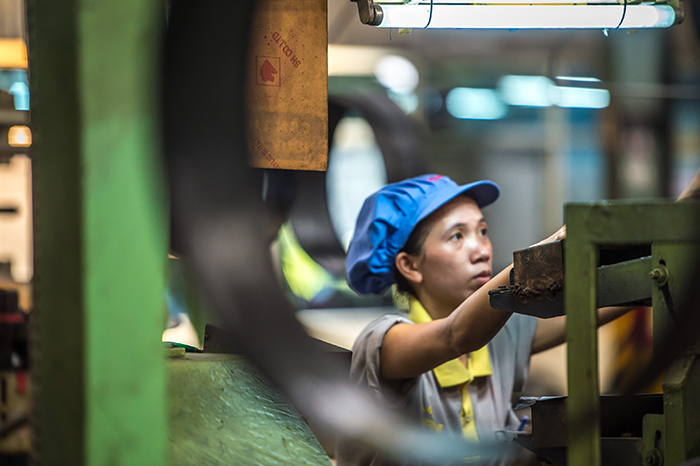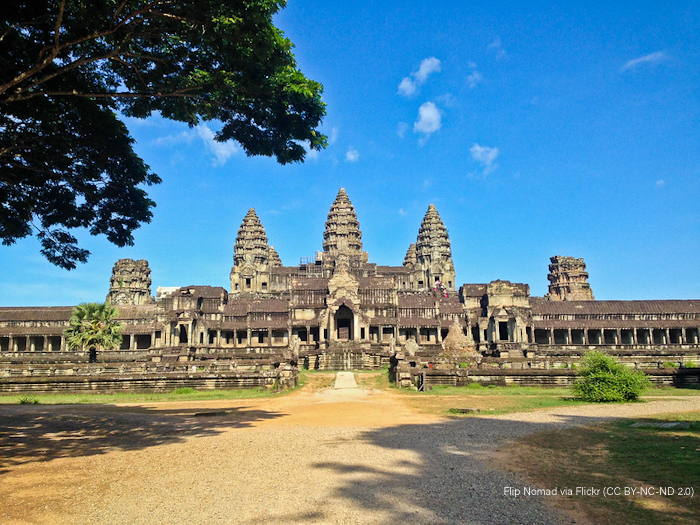
Photo of the Angkor in Siem Reap, Cambodia. Photo by Flip Nomad via Flickr (CC BY-NC-ND 2.0).
Cambodia Eyes Welcoming Travelers on Package Tours by October
Cambodia’s Ministry of Tourism (MOT) and key tourism stakeholders from the country’s private sector, including the Cambodian Association of Travel Agents, the Cambodian Tourism Federation, the Cambodian Restaurants Association, the Cambodia Hotel Association, and the Pacific-Asia Travel Association, held a meeting on 2 June to discuss plans to open the country to vaccinated tourists traveling on package tours as early as October. Tourism brings in around 32.7% share of Cambodia’s gross domestic product.

